Chapter 9
Stratification, Inequality, and Social Class in the U.S.
By Boundless

Society is stratified into social classes on the basis of wealth, income, educational attainment, and occupation.
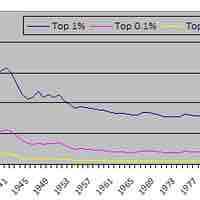
Property is the total of one's possessions and, therefore, may be a better measure of social class than income.
Power refers to someone's ability to get others to do his or her will, regardless of whether or not they want to.

Prestige refers to the reputation or esteem associated with one's position in society, which is closely tied to their social class.
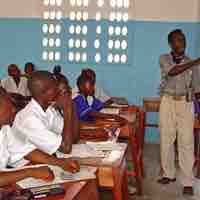
Status inconsistency occurs when an individual's social positions are varied and these variations influence his or her overall social status.

Most social scientists agree that American society is stratified into social classes, based on wealth, education, and occupation.
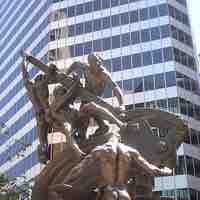
Individual and household income remains one of the most prominent indicators of class status within the United States.

Wealth is commonly measured in terms of net worth, which is the sum of all assets, including home equity, minus all liabilities.
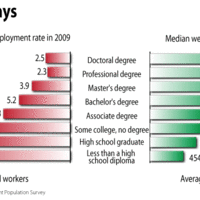
In the U.S., educational attainment is strongly correlated to income and occupation, and therefore to social class.
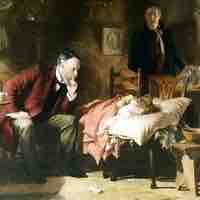
In the United States, occupation and occupational prestige are primary indicators of social class, along with income, wealth, and education.
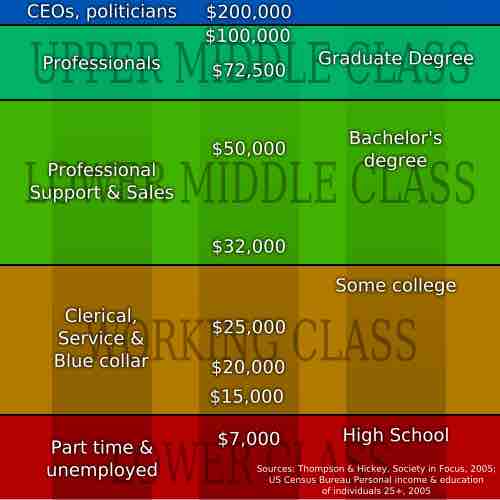
American society is stratified into social classes based on wealth, income, educational attainment, occupation, and social networks.
The American upper class is the highest socioeconomic bracket in the social hierarchy and is defined by its members' great wealth and power.
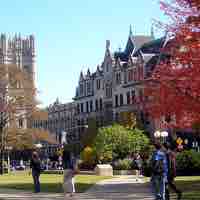
The upper-middle class refers to people within the middle class that have high educational attainment, high salaries, and high status jobs.
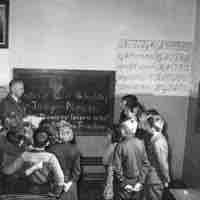
The lower-middle class are those with some education and comfortable salaries, but with socioeconomic statuses below the upper-middle class.
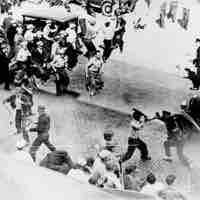
The working class consists of individuals and households with low educational attainment, low status occupations, and below average incomes.
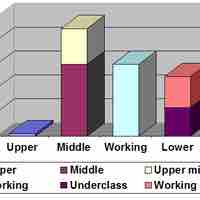
The lower class consists of those at the bottom of the socioeconomic hierarchy who have low education, low income, and low status jobs.

The United States has a high level of income inequality, with a wide gap between the top and bottom brackets of earners.
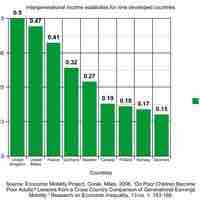
Social mobility is the movement of an individual or group from one social position to another over time.
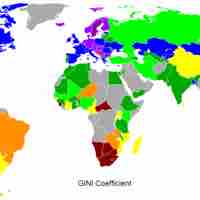
Economic inequality (also known as the gap between rich and poor) consists of disparities in the distribution of wealth and income.
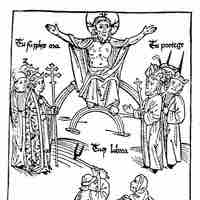
In an open class system, people are ranked by achieved status, whereas in a closed class system, people are ranked by ascribed status.
Social mobility can be vertical and horizontal, absolute and relative, and between generations.

Strong social and economic mobility is considered part of American Dream, though there is relatively low social mobility in the U.S.
One's position in the the social class hierarchy has far-reaching effects on their health, family life, education, etc.

Social class is a strong social determinant of health.
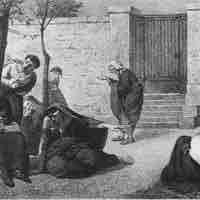
Different classes have different levels of access to treatment and encounter different mental health stressors.

Family life, including marriage, childbearing and household composition are strongly influenced by social class.
Educational attainment is tied to social class, with upper class individuals acquiring higher degrees from more prestigious schools.

Social class is associated with individuals' religious affiliations and practices but not with religiosity itself.
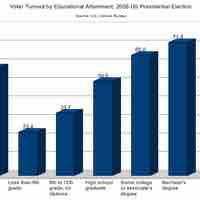
The higher one's social class, the higher their levels of political participation and political influence.

Criminal justice is the system of practices and institutions of governments directed at deterring and mitigating crime.
Poverty is the condition of not having access to material resources, income, or wealth.
Poverty is defined by deprivation, and can be measured with economic or social indicators.

Sociologists take two opposing approaches to explaining economic stratification: structural-functionalism and conflict theory.

Social exclusion occurs when individuals and communities are blocked from rights and opportunities that are available to others.
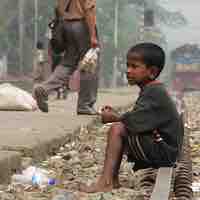
Poverty operates in a dynamic cycle, with the effects of poverty increasing the likelihood that it will be transferred between generations.
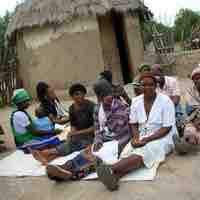
The feminization of poverty refers to the fact that women represent a disproportionate share of the world's poor.
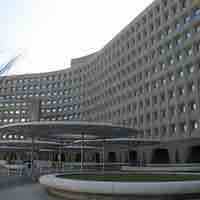
Federal assistance is defined as any program that directly assists the public in areas, such as education, health, and public welfare.